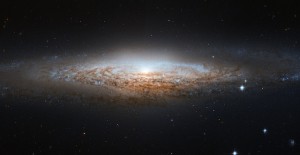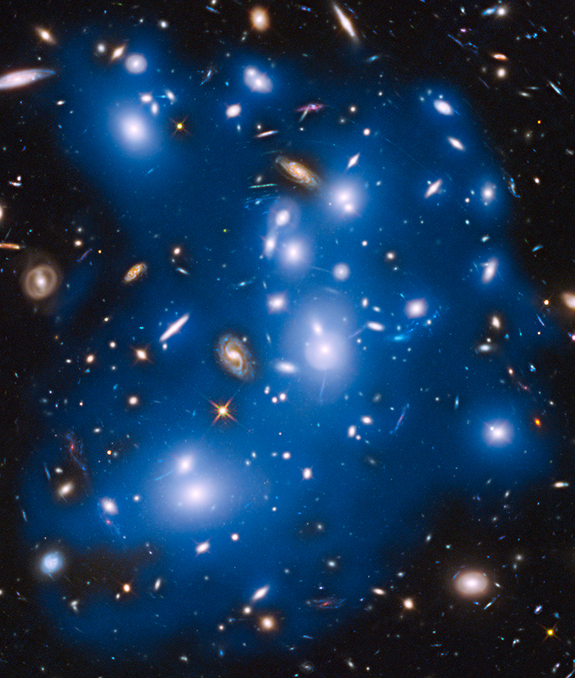How Immense Our Universe Is Will Leave You Amazed
THE UNIVERSE is incomprehensibly huge, and as humans, we will probably never be able to wrap our heads around just how big it is.
By Sean Martin
When scientists talk about the universe, more often than not they are actually referring to the observable universe.
The observable universe is everything that astronomers can see through light that has travelled to Earth over the last 13.8billion years – the Big Bang and the dawn of time as we know it.
However, space is always expanding and astronomers actually put the observable universe at somewhere around 92bn light-years.
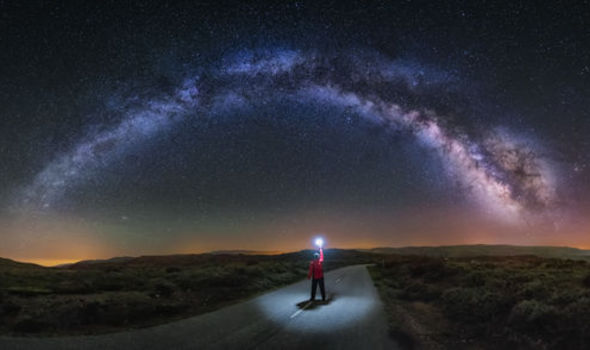
But let’s start on a smaller scale.
The Earth has a diameter of 12,742 km – which, if you were to travel the entire diameter of our planet, then it would be the longest distance you will ever travel – providing there are no astronauts reading this.
The closest thing to Earth is the Moon, which is approximately 384,400 km – in between these celestial bodies you could fit every planet in our Solar System.
Already that number seems huge, but the distance between the Sun and Neptune – the most outer planet in our Solar System – is 4.498bn kilometres.
So, if you could somehow manage to get all of the planets in one picture, the Earth would be roughly the size of a microscopic virus in relation to the Solar System.
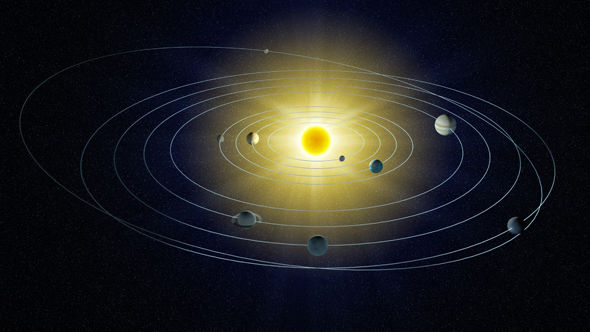
Then, our solar system would not even register if you were to get a snap shot of the galaxy that we are in, the Milky Way – which is around 950,000,000,000,000,000 kilometres wide.
The Milky Way alone is so vast that it would take around four years for light from the nearest star, not including the Sun, to reach us and around 100,000 years for light from the edge of our galaxy to arrive at Earth.
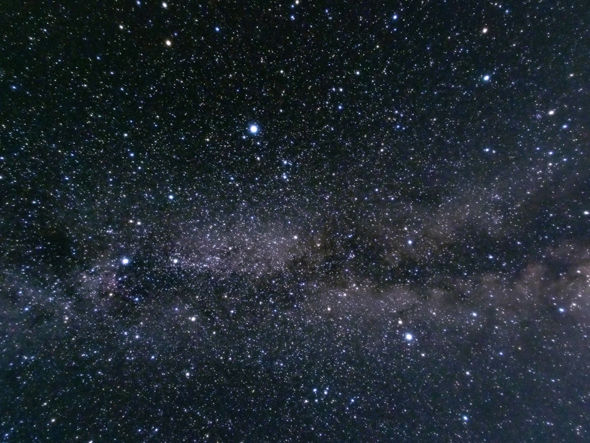
When you consider that light travels at 299,792 kilometres per SECOND you begin to get a feel for how big the universe is.
Additionally, the Milky Way is not unique in its size.
To fit two trillion galaxies in the observable universe it would need to be pretty big, which brings us back to the start.
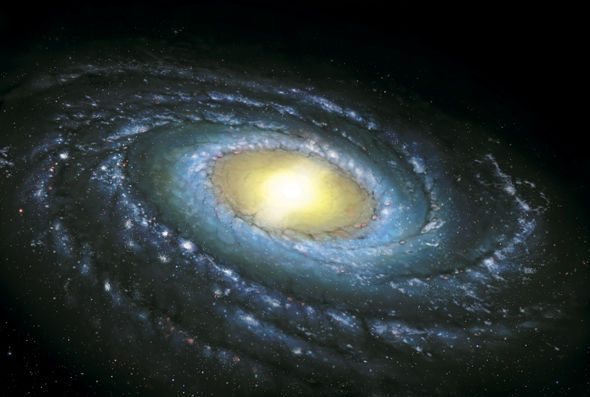
The observable universe is 92bn light-years wide, with a light-year being the distance light takes to travel in, you guessed it, a year – which is about 10 trillion kilometres.
In terms of a distance that we can slightly fathom, 92bn light-years is roughly 440 sextillion kilometres.
That as a number is 440,000,000,000,000,000,000,000 kilometres.
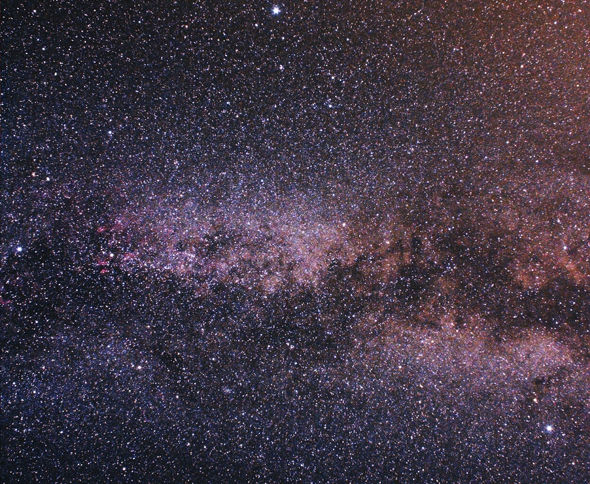
If it takes the average person an hour to walk five kilometres, it would take 88,000,000,000,000,000,000,000 hours to walk across the entire observable universe – The Milky Way is 950,000,000,000,000,000 kilometres wide.
However, as our brains are not capable of fathoming that distance, there is something about it which makes it seem as if it is not that great.
Astronomer Royal Martin Rees likened it to a chimpanzee trying to understand Albert Einstein’s theories.
And that is just the observable universe – what we are able to see.
Experts believe that the universe is probably infinite and does not have an edge, making all of these numbers seem even more insignificant.
Posted in Science For The New Agewith comments disabled.




